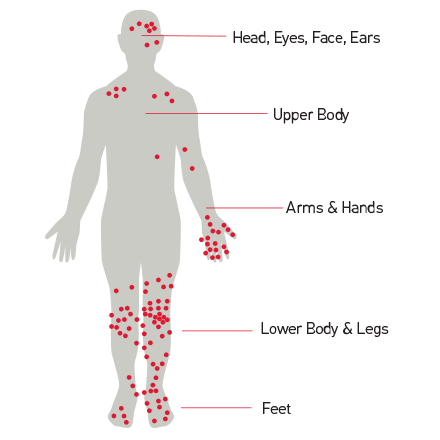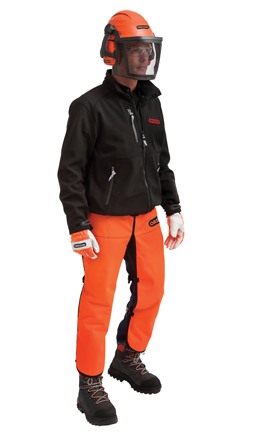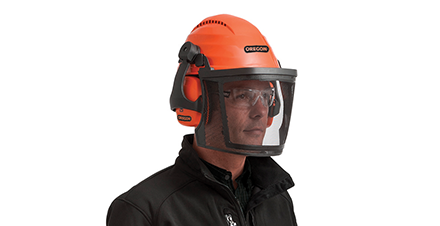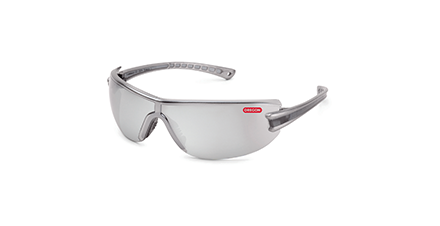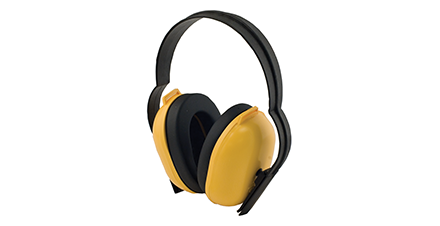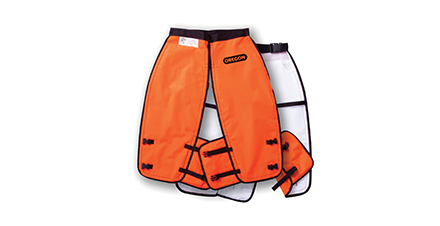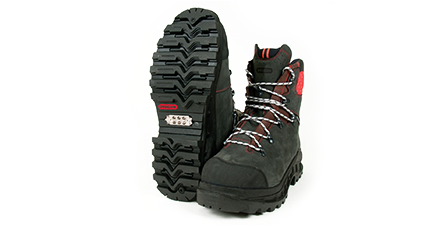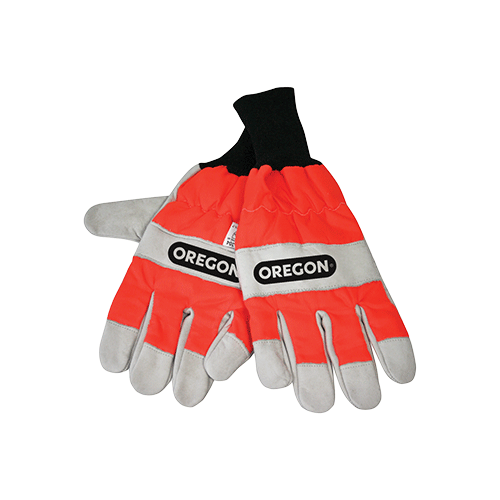Chain Saw Protective Gear
Overview
Chain saws are powerful cutting machines. That’s why it is critical to find and wear the right protective gear (often referred to as “personal protective equipment”) when using your chain saw, to reduce the risk of accidents and injury. While using protective gear won’t eliminate hazards, it may reduce the seriousness of an injury. Many times, protective gear is the only thing standing between a fatal situation and a non-fatal one.
Topics
Tips to Keep in Mind when Choosing Personal Protective Equipment
Protect Your Head with a Safety Helmet
Prevent Vision Loss with Protective Eyewear
Use Chain Saw Chaps to Prevent Cuts and Stitches
